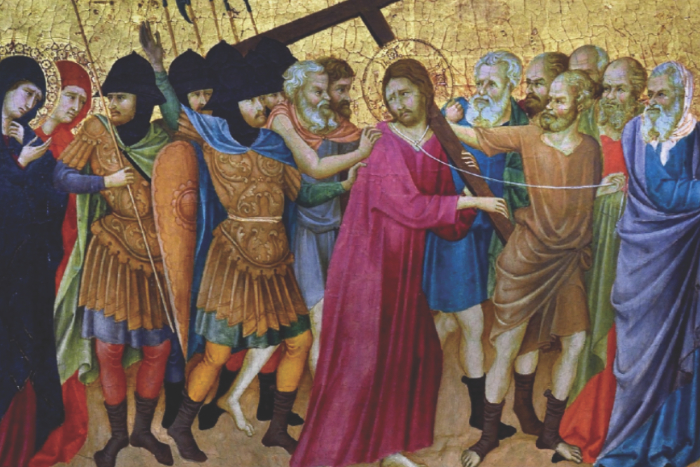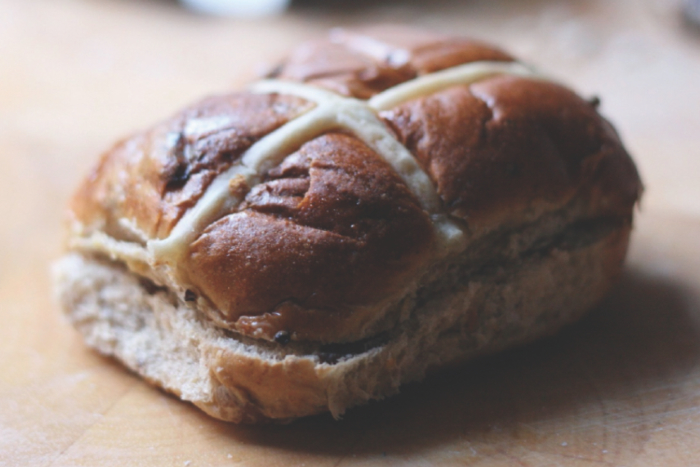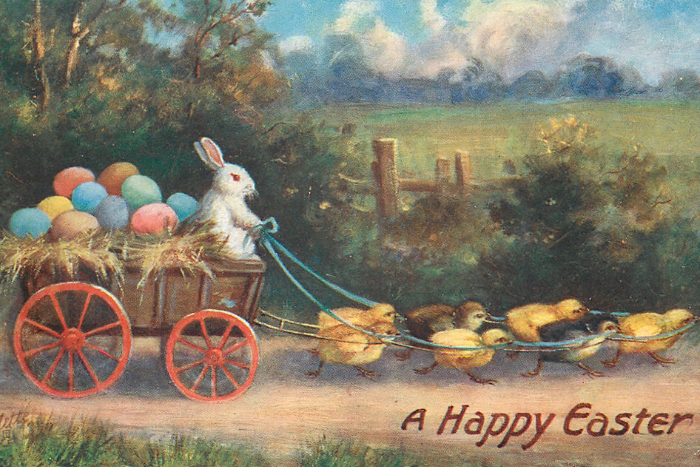
Something for the Weekend - Why do we eat choccy eggs and hot cross buns at Easter?
Easter is often seen as the UK’s favourite holiday - four days break from work with none of the stresses associated with Christmas. The weather tends to be better too.
Like Christmas, Easter also religious origins but there are plenty of non-religious traditions that have grown up over the centuries.
So for this special long weekend we thought we’d share Tom Moriaty’s article for English Heritage about the origins of Easter.
For Christians, Easter is about celebrating the central miracle of Jesus’ death and resurrection.
It’s been the most important date in the religious calendar since the very earliest days of Christianity. In medieval England, churches held intricate rituals and dramatic religious ceremonies, and clergy and congregations all took part in various processions, vigils and plays over the Easter weekend.
The Puritans banned Easter celebrations in 1647 and although it was restored after 1660, it never quite regained its former glory in the English Church.
But Easter has always been marked with great secular celebrations too. That’s partly because Easter follows Lent – a period of religious observance and abstinence from worldly pleasures to remember Jesus’ fasting in the desert.
Today, many people might give up chocolate, but before the Reformation Lent was rather more involved for English Christians. They were supposed to avoid eating meat, eggs or dairy, they couldn’t play any sports, and they had to abstain from sex. So when Easter came around there were many good reasons to celebrate.
The 14th-century Shropshire cleric John Mirk wrote of Easter as the time when fires were extinguished, hearths strewn with fresh rushes, flowers displayed and houses cleaned. Celebrations went on for many days after the Easter weekend.
Even after the Reformation reduced the number of holy days on which people weren't expected to work, the 17th-century poet Nicholas Breton still thought of it as ‘the sun’s dancing-day and the earth’s holy-day’ – a time for ‘nothing but play and mirth’. Even by the mid-19th century, when holidays were few and far between for working people, Good Friday was still one of two national days off, the other being Christmas Day.
Hot Cross Buns
Today, sweet, plump hot cross buns can be spied on supermarket shelves as early as January, but traditionally, they were a treat to be tucked into on Good Friday.
The earliest mention of a hot cross bun can be found in Poor Robin’s almanac for 1733:
‘Good Friday comes this Month, the old Woman runs
With one or two a Penny hot cross Bunns’.
The buns weren’t necessarily round – some 19th-century sources describe them as triangular cakes – and the cross on the top was nothing special, with many breads being marked with the cross right up until the 20th century.
What was remarkable about the buns was that they were baked on Good Friday, which imbued them with various magical properties. Many people believed that bread or buns baked on Good Friday would never go mouldy, or that they could be used to treat a range of medical complaints. Good Friday bread would be hung from a string from the kitchen ceiling, and pieces would be broken off and soaked as and when needed through the year.
They could also bring good luck. A 1753 work records a witness to a murder saying that ‘if we do eat of a cake made purposely on Good Friday we shall never want money or victuals all the year round, which for as many years as I can remember has always fallen out true.’
Nearly a century later, in 1841, writer and folklorist William Hone noted in The Saturday Magazine that ‘In the houses of some ignorant people, a Good Friday bun is still kept “for luck”, and sometimes there hangs from the ceiling a hard biscuit-like cake of open cross-work, baked on a Good Friday, to remain there till displaced on the next Good Friday by one of similar make’
Easter Eggs
Early Christians in Mesopotamia dyed eggs in the period after Easter. The practice was adopted by the Orthodox churches and from there it spread into Western Europe. Eggs represent new life and rebirth, and it’s thought that this ancient custom was absorbed into Easter celebrations.
As previously noted eggs were also one of the foods that people were not supposed to eat during Lent (incidentally, this is why we make pancakes on Shrove Tuesday). So when Easter Sunday came around, tucking into an egg was a real treat.
Various traditions and superstitions sprang up around the egg at Easter. Eggs laid on Good Friday were said to turn into diamonds if they were kept for 100 years. Some thought that eggs cooked on Good Friday and eaten on Easter would promote fertility and prevent sudden death, and it became the custom to have your eggs blessed before you ate them. It was also said that if your egg had two yolks, you’d soon become rich. In Devon and Cornwall, people used to play a game like conkers with their eggs, hitting them against each other until one of them cracked.
One tradition just about clings on in some parts of England – the ‘pace egg’, and pace egg plays. The word ‘pace’ comes from ‘paschal’, the Latin name for Easter. They were hard boiled hen, duck or goose eggs with a colourful shell.
The first mention of pace eggs comes from early 18th-century Lancashire, and they grew in popularity over the century. They were given as presents or at pace egg plays, and sometimes they were rolled along the ground in a race – perhaps to symbolise the rolling away of the stone from Jesus’ tomb. There’s still an annual egg rolling event in Preston. The world’s most famous egg roll takes place every year on the White House lawn in Washington DC.
Pace egg plays can still be found in Lancashire and West Yorkshire, with one of the most famous at Heptonstall. They’re a little like mummers’ plays, or medieval mystery plays, and many feature St George – whose story we tell at our St George’s Day events across the country.
The first English chocolate egg was sold by Fry’s in 1873. Since then they’ve become hugely popular – 80 million are sold in the UK each year – and the pace egg has all but vanished.,
The Victorians invented greetings cards and, after the introduction of the halfpenny stamp in the 1870s, they sent them as often as they could throughout the year.
While we no longer send cards for New Year’s Day or April Fools’ Day, many of us keep up the tradition of sending cards at Easter, it's still big business. In 2014 Brits spent £18 million on them, and 2018 sales were up 11% on the previous year.
The designs of Victorian and Edwardian Easter cards could be fantastical and downright odd – but even the strangest of them get across a spring-like sense of new life, sunshine and hope for brighter days to come.


